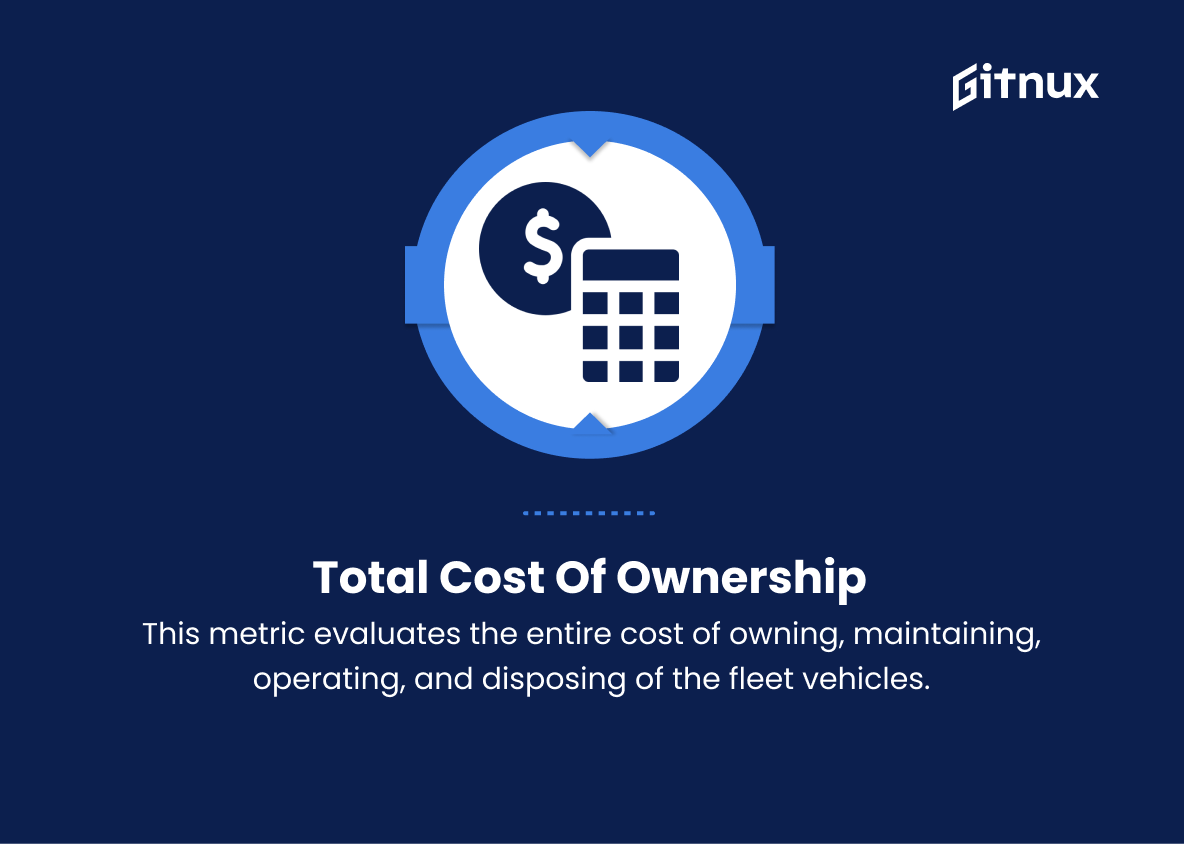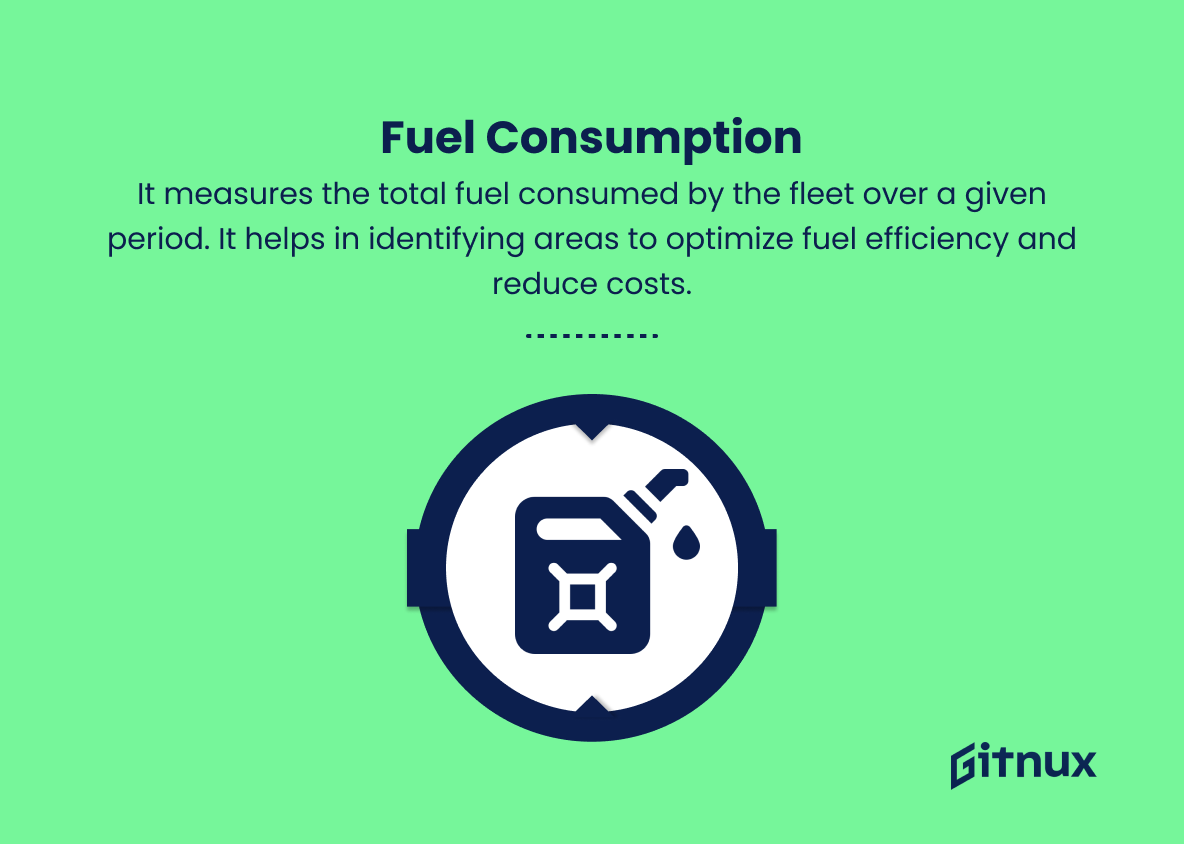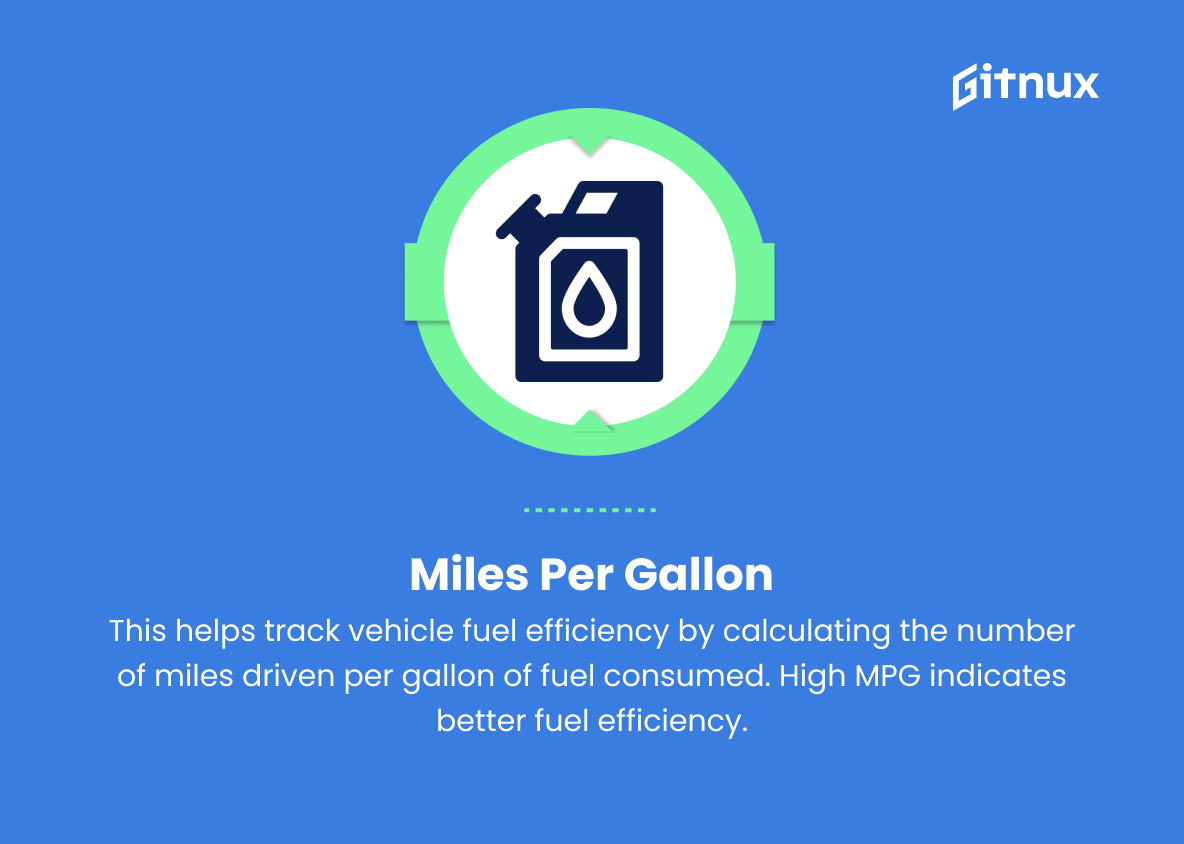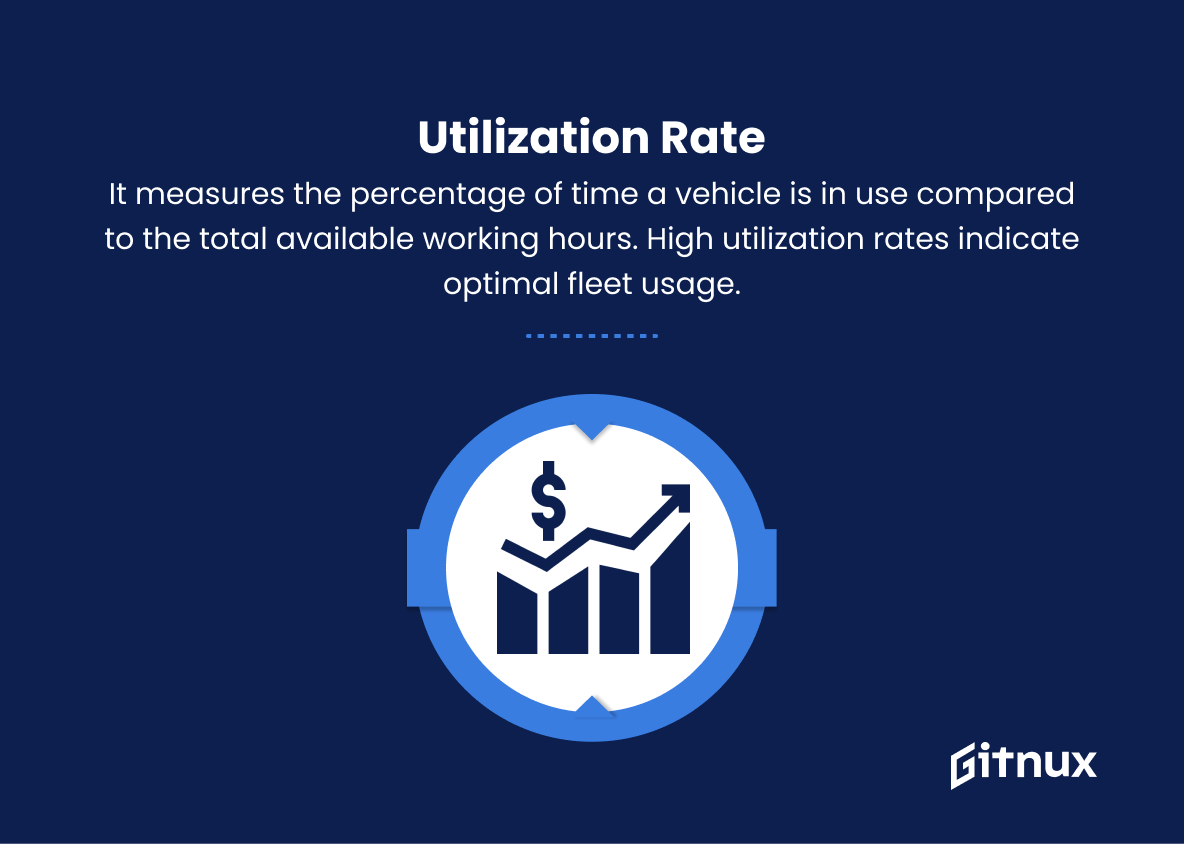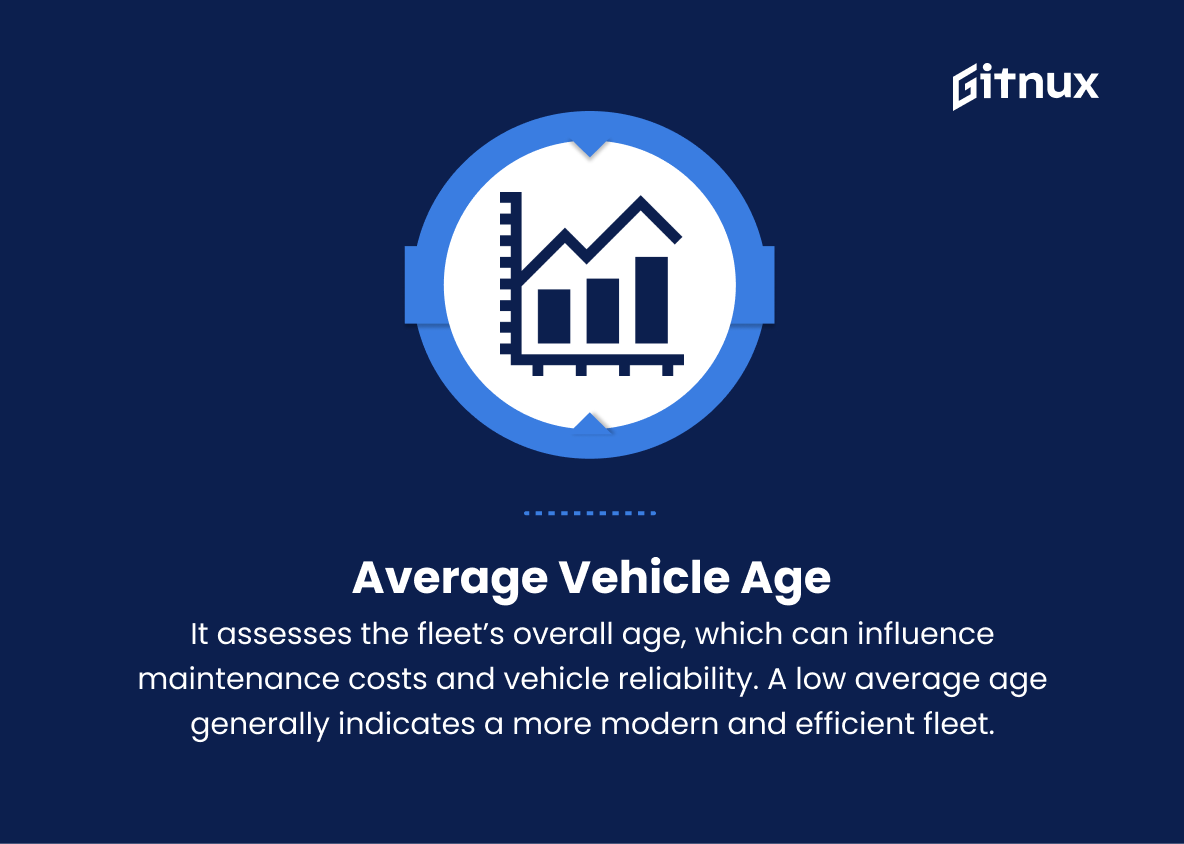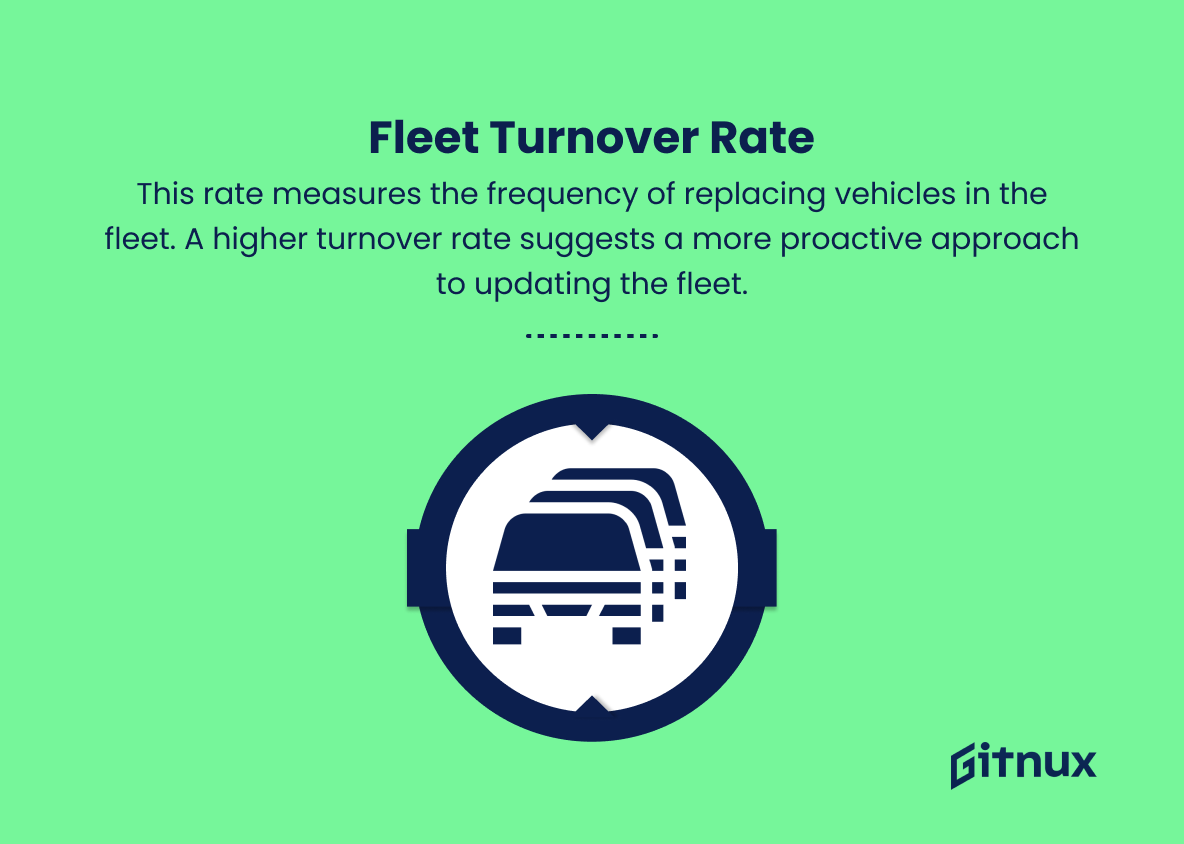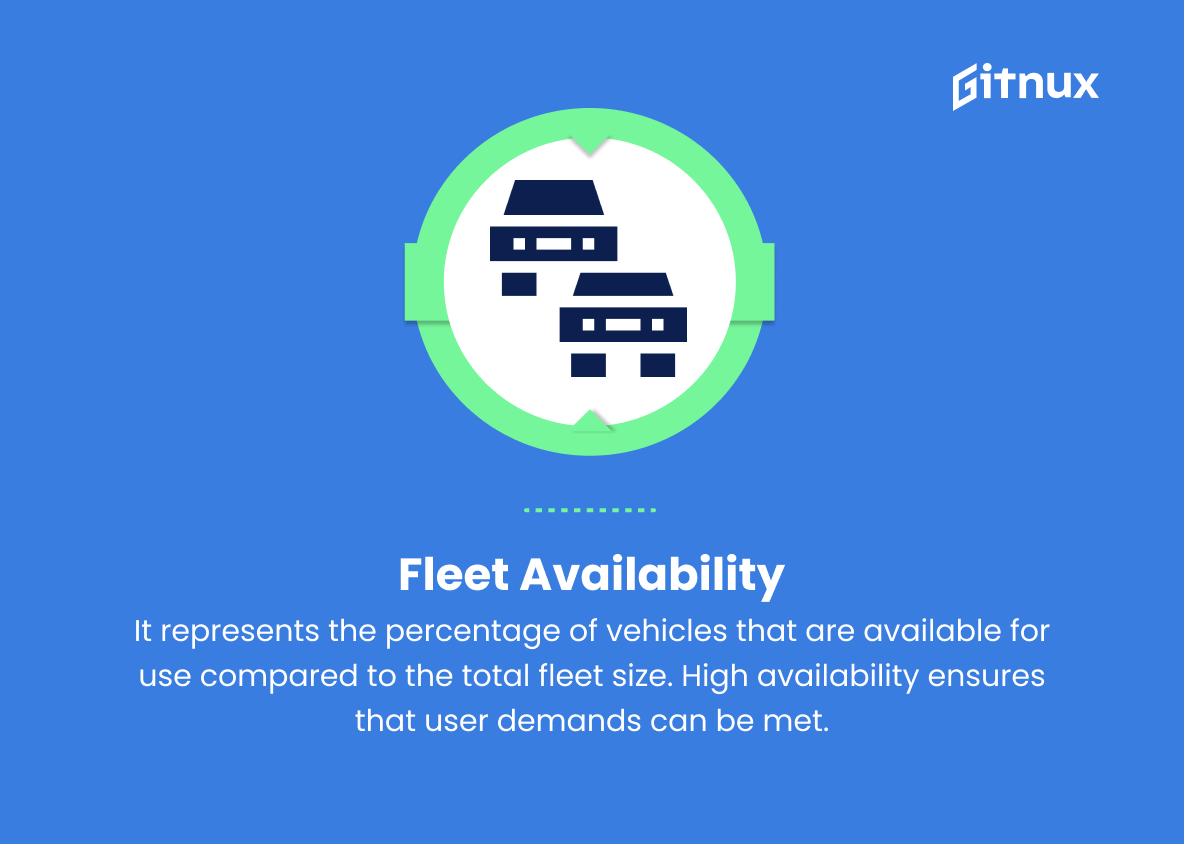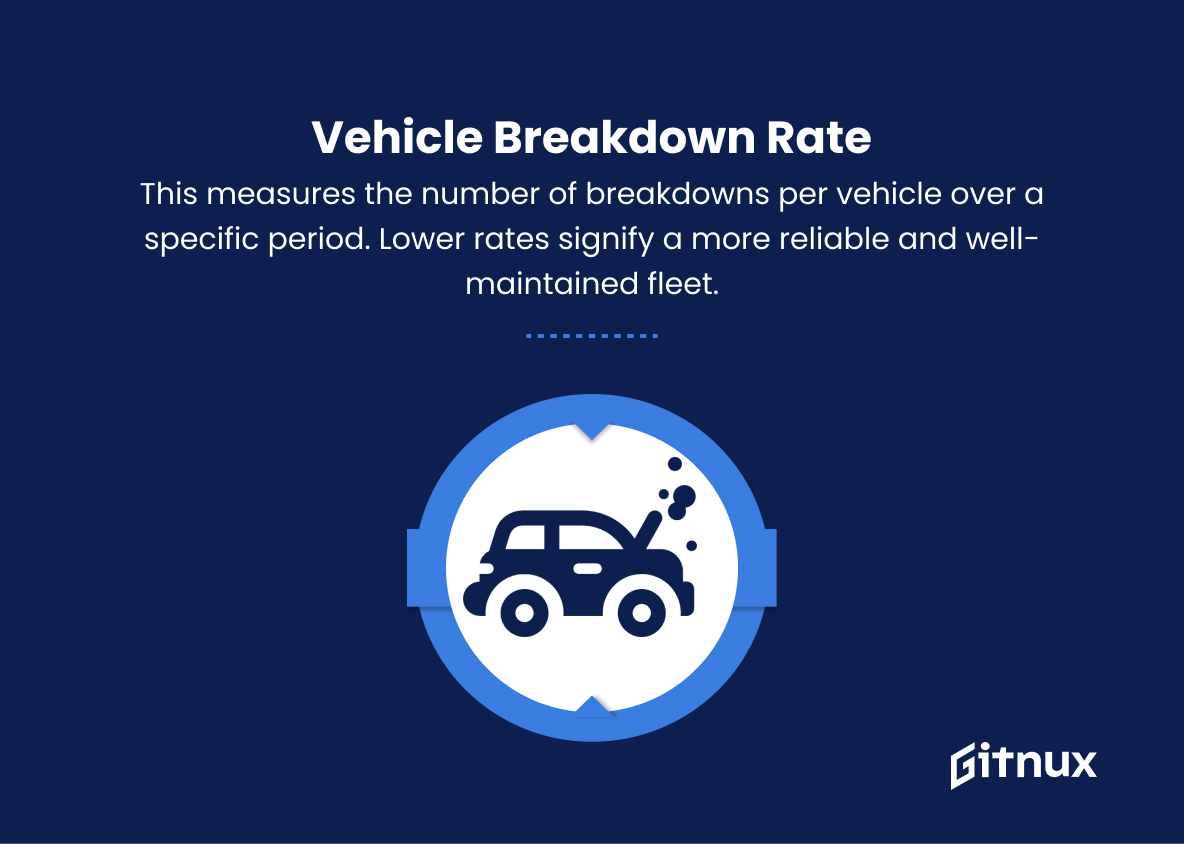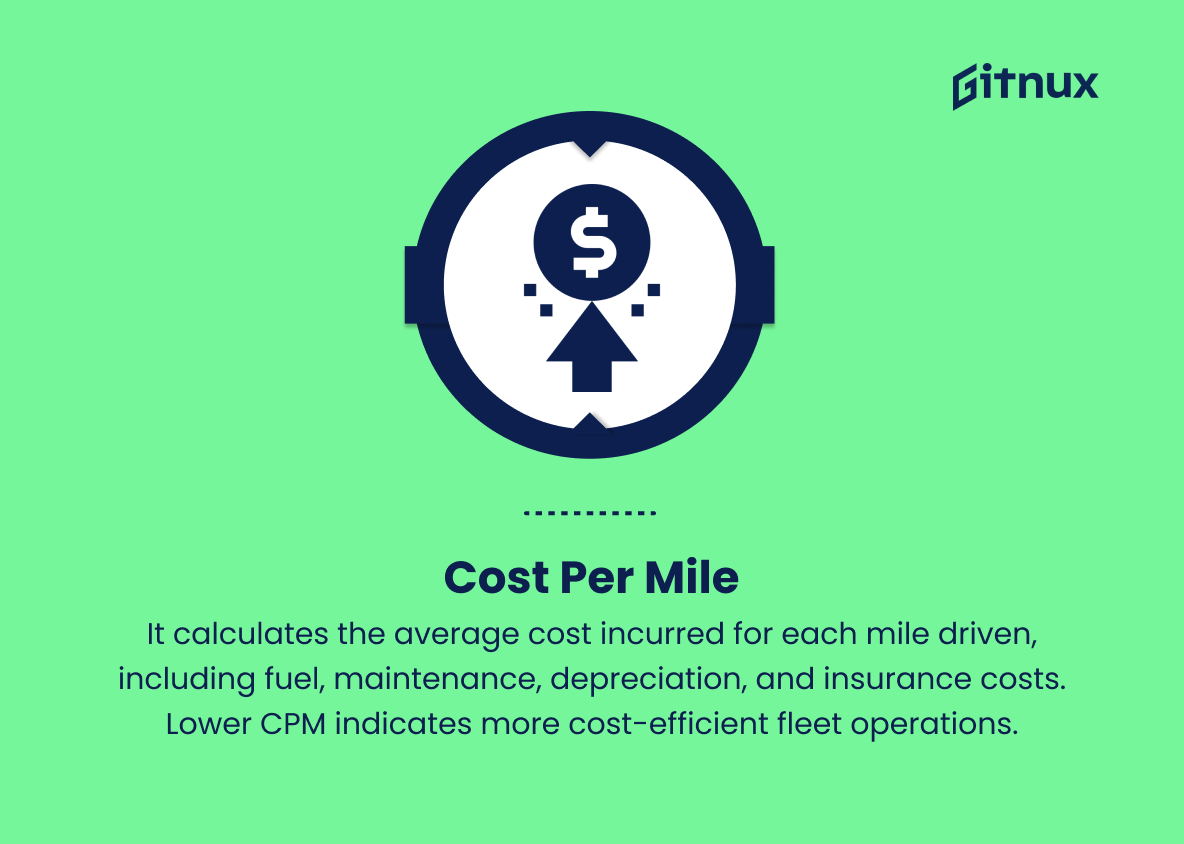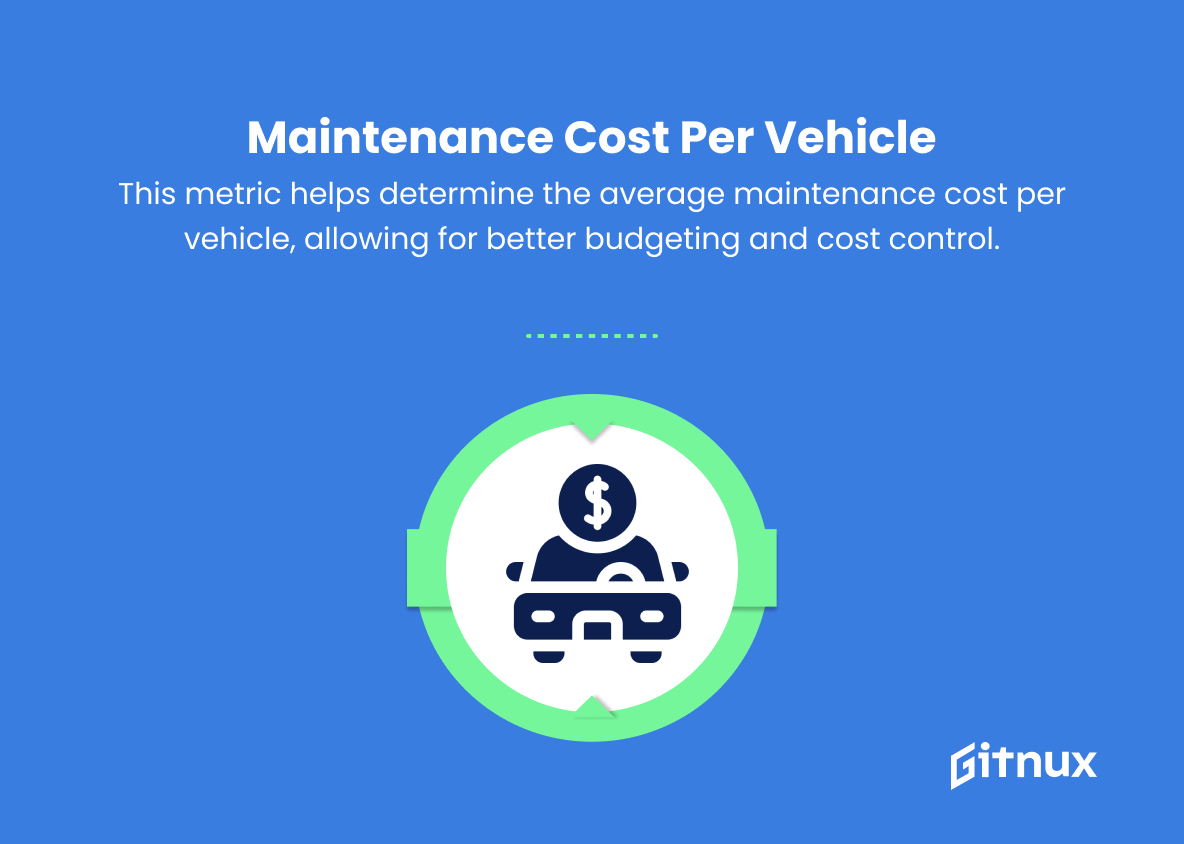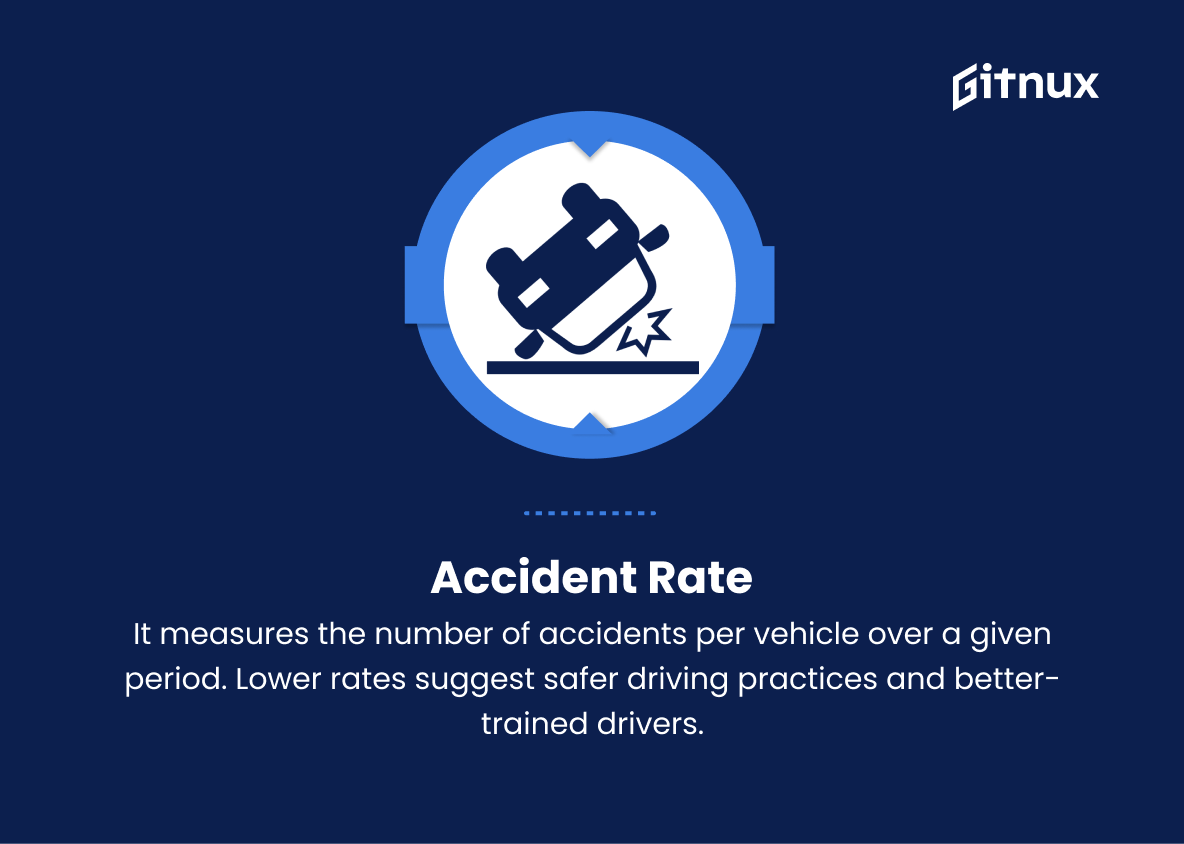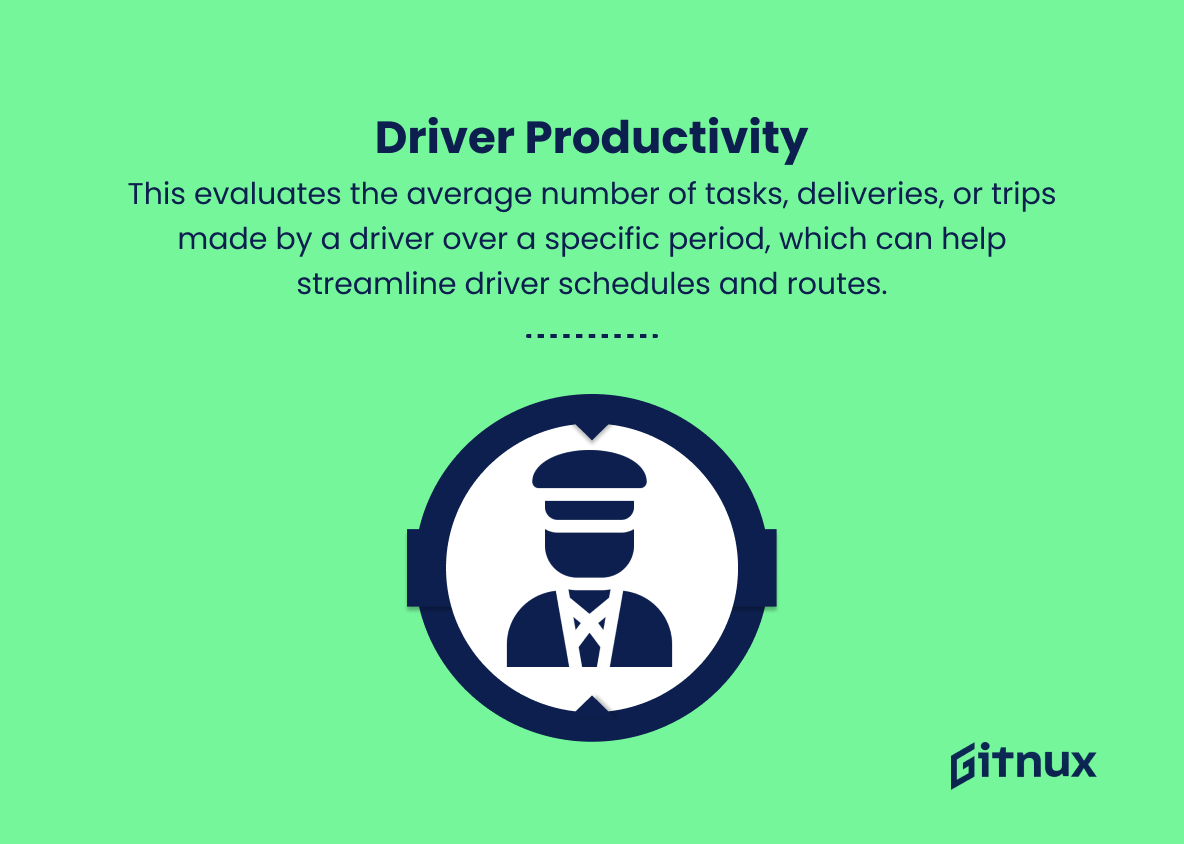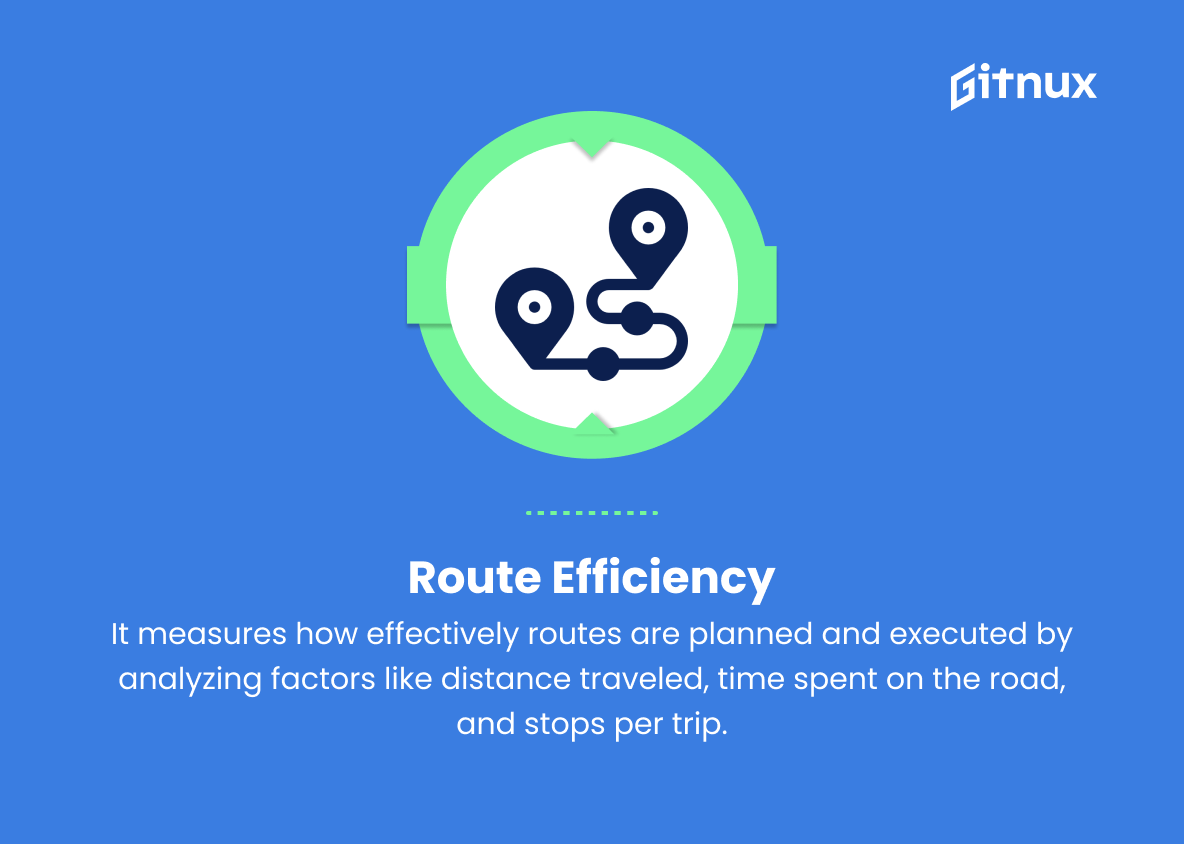In today’s fast-paced and increasingly competitive world, businesses that rely on vehicles and transportation must constantly strive for efficiency and optimization. Fleet management is a crucial aspect to ensure smooth and efficient operations, and understanding performance metrics serves as the foundation for effective decision-making.
In this blog post, we will delve into the critical Fleet Management Performance Metrics that offer valuable insights into the overall health and effectiveness of a fleet. By gaining a comprehensive understanding of these metrics, fleet managers can identify areas for improvement, enhance productivity, and ultimately, maximize their return on investment. So, buckle up as we explore the essential performance metrics that will drive your fleet management success.
Fleet Management Performance Metrics You Should Know
1. Total Cost of Ownership (TCO)
This metric evaluates the entire cost of owning, maintaining, operating, and disposing of the fleet vehicles. It includes the purchase or lease costs, fuel, repairs, insurance, and depreciation costs.
2. Fuel Consumption
It measures the total fuel consumed by the fleet over a given period. It helps in identifying areas to optimize fuel efficiency and reduce costs.
3. Miles Per Gallon (MPG)
This helps track vehicle fuel efficiency by calculating the number of miles driven per gallon of fuel consumed. High MPG indicates better fuel efficiency.
4. Utilization Rate
It measures the percentage of time a vehicle is in use compared to the total available working hours. High utilization rates indicate optimal fleet usage.
5. Preventive Maintenance Compliance
It tracks whether the vehicles are following scheduled maintenance services to reduce the risk of mechanical failures.
6. Vehicle Downtime
This measures the average time vehicles are not operational due to repairs, maintenance, or any other reason. Lower downtime is preferable as it ensures higher availability of vehicles.
7. Average Vehicle Age
It assesses the fleet’s overall age, which can influence maintenance costs and vehicle reliability. A low average age generally indicates a more modern and efficient fleet.
8. Fleet Turnover Rate
This rate measures the frequency of replacing vehicles in the fleet. A higher turnover rate suggests a more proactive approach to updating the fleet.
9. Fleet Availability
It represents the percentage of vehicles that are available for use compared to the total fleet size. High availability ensures that user demands can be met.
10. Vehicle Breakdown Rate
This measures the number of breakdowns per vehicle over a specific period. Lower rates signify a more reliable and well-maintained fleet.
11. Cost Per Mile (CPM)
It calculates the average cost incurred for each mile driven, including fuel, maintenance, depreciation, and insurance costs. Lower CPM indicates more cost-efficient fleet operations.
12. Maintenance Cost Per Vehicle
This metric helps determine the average maintenance cost per vehicle, allowing for better budgeting and cost control.
13. Accident Rate
It measures the number of accidents per vehicle over a given period. Lower rates suggest safer driving practices and better-trained drivers.
14. Driver Productivity
This evaluates the average number of tasks, deliveries, or trips made by a driver over a specific period, which can help streamline driver schedules and routes.
15. Route Efficiency
It measures how effectively routes are planned and executed by analyzing factors like distance traveled, time spent on the road, and stops per trip.
16. Carbon Emissions
This monitors the fleet’s environmental impact by estimating greenhouse gas emissions, encouraging fleet managers to adopt cleaner vehicles and eco-friendly practices.
17. On-Time Performance
It measures the percentage of deliveries or tasks completed within the scheduled time, which is crucial for ensuring customer satisfaction and meeting operational goals.
18. Fleet Size Optimization
This assesses whether the fleet size aligns with the organization’s needs and effectively meets demand, helping avoid excessive costs or unmet customer needs.
Fleet Management Performance Metrics Explained
Fleet Management Performance Metrics play a crucial role in optimizing fleet operations, cost control, and enhancing overall efficiency. Total Cost of Ownership (TCO) provides a comprehensive view of the expenses associated with owning, maintaining, and disposing of fleet vehicles, enabling better financial decision-making. Fuel consumption, Miles Per Gallon (MPG), and Carbon Emissions metrics help identify areas for improvement in fuel efficiency, cost reduction, and environmental impact. Utilization Rate and Fleet Availability ensure optimal fleet usage and adequate capacity to meet user demands.
Metrics like Preventive Maintenance Compliance, Vehicle Downtime, Average Vehicle Age, and Vehicle Breakdown Rate offer insights into fleet reliability and help prevent mechanical failures. Fleet Turnover Rate aids in maintaining a modern and efficient vehicle fleet. Meanwhile, Cost Per Mile (CPM), Maintenance Cost Per Vehicle, and Route Efficiency facilitate cost-effective operations. Accident Rate and Driver Productivity play a role in enhancing driver safety and optimizing schedules, while On-Time Performance helps achieve customer satisfaction and operational goals. Lastly, Fleet Size Optimization ensures alignment with organizational needs, leading to well-balanced resources and reduced excessive costs.
Conclusion
In summary, fleet management performance metrics are vital for optimizing operations, increasing efficiency, and reducing overall fleet costs. By regularly monitoring and analyzing these key performance indicators, fleet managers can make informed decisions that lead to improvement in both the short and long term. Embracing technology advancements, like telematics and analytics, further aids in staying ahead of the curve and meeting organizational goals.
As the transport landscape continues to shift and evolve, keeping a close eye on these metrics will ensure that a fleet remains competitive, adaptable, and effective, ultimately contributing to the overall success of the organization.
